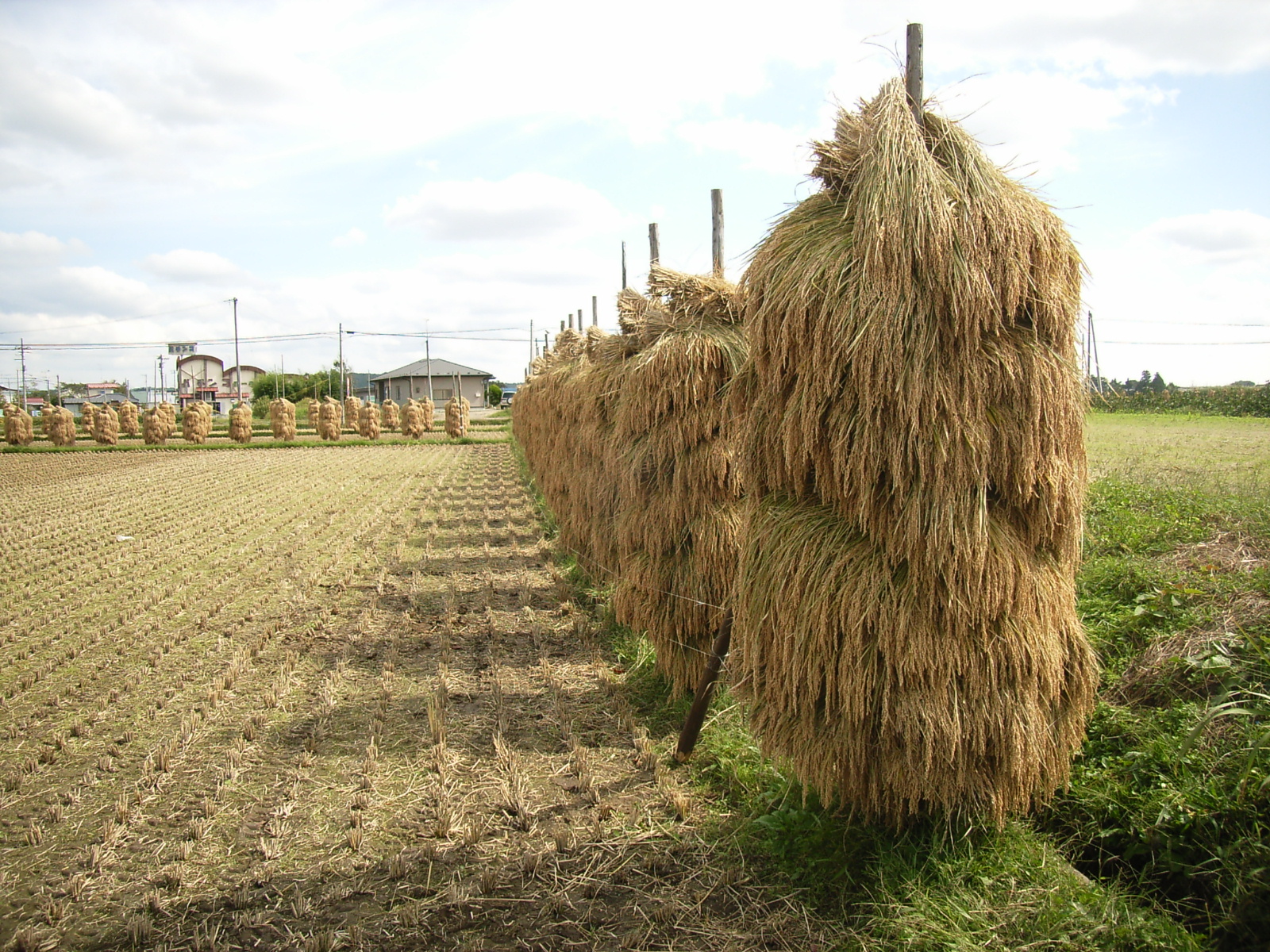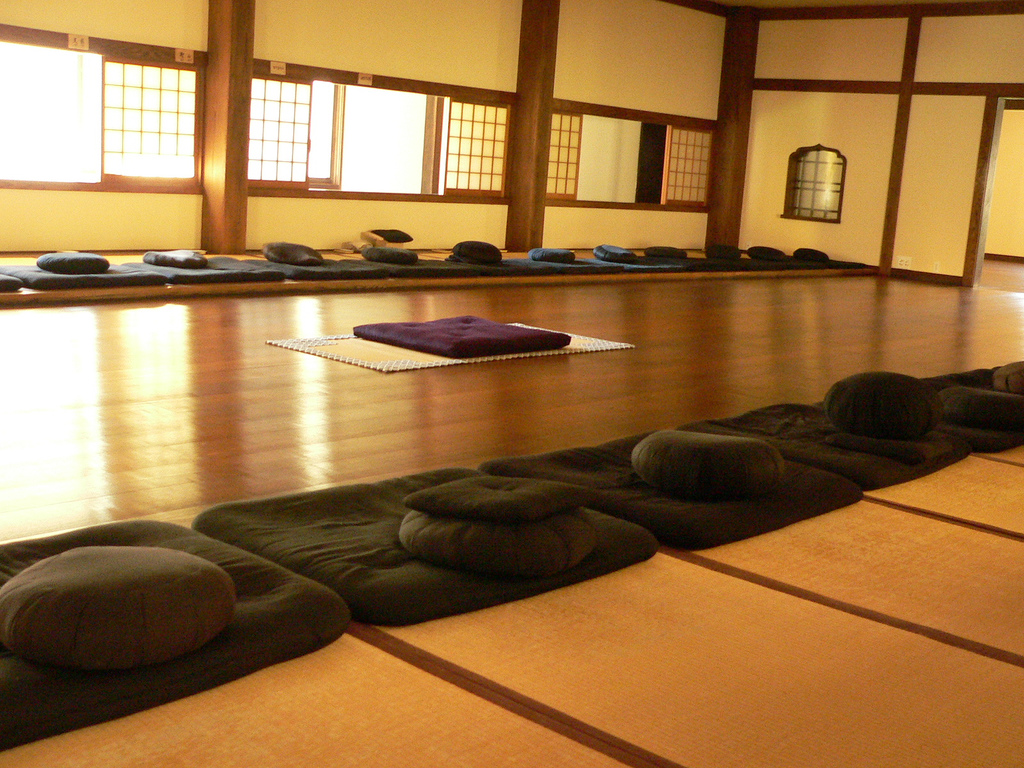|
Honkyoku
''Honkyoku'' (本曲, "original pieces") are the pieces of shakuhachi music collected in the 18th century by a Komuso of the Japanese Fuke sect Kinko Kurosawa. It was believed that these pieces were played by the members of the Fuke Sect. The Fuke sect was a Japanese sect of masterless samurai (Ronins) self called komusō "Lay Monks of the Non-Dual & None-ness". According to Japanologist Torsten Olafsson ''"Having become masterless samurai in a time of peace and having had to join the growing groups of flute-playing beggars to survive, like the komosō:, those rōnin did no longer enjoyed the privileges and relative security of belonging to any ordinary families, or households, that could be inspected, approved, and registered every year under the new "Danka System", as a result in 1640 they organized themselves as sincere members of some kind of a "new" native Buddhist movement that played the shakuhachi' It is believed that after the crushing of the revolt of ronins around S ... [...More Info...] [...Related Items...] OR: [Wikipedia] [Google] [Baidu] |
Shakuhachi
A is a Japanese and ancient Chinese longitudinal, end-blown flute that is made of bamboo. The bamboo end-blown flute now known as the was developed in Japan in the 16th century and is called the .Kotobank, Fuke shakuhachi. The Asahi ShimbunKotobank, Shakuhachi. The Asahi Shimbun A bamboo flute known as the , which is quite different from the current style of , was introduced to Japan from China in the 7th century and died out in the 10th century. [...More Info...] [...Related Items...] OR: [Wikipedia] [Google] [Baidu] |
Komusō
The (also romanized or ) were a group of Japanese mendicant monks of the Fuke school of Zen Buddhism who flourished during the Edo period (1603–1867). were characterized by a straw basket (a sedge or reed hood known as a ) worn on the head, manifesting the absence of specific ego but also useful for traveling incognito. They were also known for playing solo pieces on the (a type of bamboo flute). These pieces, called ("fundamental pieces"), were played during a meditative practice called , in return for alms, as a method of attaining enlightenment, and as a healing modality. During the Meiji period (1868–1912), the Japanese government formally abolished the Fuke sect. Documentation of the musical repertoire of the performers survived, and it has been revived in the 21st century. History According to a legend dating from 1795, a Japanese priest returned from China in the middle of the 13th century and purportedly brought the with him, though this is considered ... [...More Info...] [...Related Items...] OR: [Wikipedia] [Google] [Baidu] |
Buddhist Music
Buddhist music is music created for or inspired by Buddhism and part of Buddhist art. Honkyoku Honkyoku (本曲) are the pieces of shakuhachi or hocchiku music played by wandering Japanese Zen monks called Komuso. Komuso temples were abolished in 1871, but their music, honkyoku, is one of the most popular contemporary music styles in Japan. Komuso played honkyoku for enlightenment and alms as early as the 13th century. In the 18th century, a Komuso named Kinko Kurosawa of the Fuke sect of Zen Buddhism was commissioned to travel throughout Japan and collect these musical pieces. The results of several years of travel and compilation were thirty-six pieces known as the Kinko-Ryu Honkyoku. Chanting The chanting of mantras used in or inspired by Buddhism, including many genres in many cultures: *Repetition of Pāli chanting of "Namo Tassa Bhagavato Arahato Samma Sambuddhassa" *Repetition of Pāli chanting of Tisarana *Repetition of the name of Amitabha in Pure Land Buddhism. ... [...More Info...] [...Related Items...] OR: [Wikipedia] [Google] [Baidu] |
Kinko Kurosawa '' music pieces from his fellow mendicant monks.
The resulting collection of 36 ''honkyoku'' are the repertoire of the Kinko Ryu school of ''shakuhachi''.
Performers of Buddhist music
18th-century Japanese people
{{Japan-reli-bio-stu ...
was an 18th-century ''komusō'' of the Fuke sect of Zen Buddhism. He was commissioned to travel round Japan and collect ''honkyoku'', spiritual ''shakuhachi A is a Japanese and ancient Chinese longitudinal, end-blown flute that is made of bamboo. The bamboo end-blown flute now known as the was developed in Japan in the 16th century and is called the . [...More Info...] [...Related Items...] OR: [Wikipedia] [Google] [Baidu] |
Nakao Tozan
Rinzō Nakao (known professionally as Nakao Tozan, 中尾都山, October 5, 1876 in Ōsaka prefecture to October 10, 1956 in Kyōto, aged 80), was the founder of the most important school of shakuhachi playing in late-nineteenth to mid-twentieth-century Japan and was both a performer and prolific composer. His influence continues to the present day. Life Rinzō Nakao was born in 1876 in Suita-Gun (present-day Hirakata City), near Ōsaka, the second son of Nakao Jirohei and his wife Mitsu. His father was a merchant and his mother an accomplished shamisen player who knew Sōetsu Kondō, himself the founder of a shakuhachi school. In his childhood Rinzō learnt shakuhachi and violin whilst his mother taught him to sing traditional Jiuta.Ingrid Fritsch, Die Solo-Honkyoku der Tozan-Schule: Musik für Shakuhachi zwischen Tradition und Moderne Japans. Florian Noetzel Verlag, Heinrichshofen-Bücher, Wilhelmshaven. 2nd Edn., 2005. First published in 1979. . p. 29 At the age of ninete ... [...More Info...] [...Related Items...] OR: [Wikipedia] [Google] [Baidu] |
:Category:Japanese Words And Phrases ...
{{Commons Words and phrases by language Words Words Words A word is a basic element of language that carries an objective or practical meaning, can be used on its own, and is uninterruptible. Despite the fact that language speakers often have an intuitive grasp of what a word is, there is no conse ... [...More Info...] [...Related Items...] OR: [Wikipedia] [Google] [Baidu] |
Kurihara Kinpu
Kurihara City Hall is a city located in Miyagi Prefecture, Japan. , the city had an estimated population of 66,565, and a population density of 83 persons per km2 in 24,994 households. The total area of the city is . Parts of the city are within the borders of the Kurikoma Quasi-National Park. Geography Kurihara covers a part of the northwestern corner of Miyagi Prefecture. It is mostly rice farmland, and small mountain ridges, the largest of which cluster around Mount Kurikoma, the tallest mountain in Kurihara, which is located at the furthest northwestern point of Miyagi Prefecture. In summer, the lotus on Lake Izunuma bloom. In fall, Mount Kurikoma is covered in fall colors and in winter migrating swans and geese come in flocks to spend the season on Kurihara's lakes. Neighboring municipalities Miyagi Prefecture * Tome * Ōsaki Akita Prefecture * Yuzawa * Higashinaruse Iwate Prefecture *Ichinoseki Climate The climate of Kurihara is classified as humid subtropical (Cfa) per ... [...More Info...] [...Related Items...] OR: [Wikipedia] [Google] [Baidu] |
Zen Art And Culture
Zen ( zh, t=禪, p=Chán; ja, text= 禅, translit=zen; ko, text=선, translit=Seon; vi, text=Thiền) is a school of Mahayana Buddhism that originated in China during the Tang dynasty, known as the Chan School (''Chánzong'' 禪宗), and later developed into various sub-schools and branches. From China, Chán spread south to Vietnam and became Vietnamese Thiền, northeast to Korea to become Seon Buddhism, and east to Japan, becoming Japanese Zen. The term Zen is derived from the Japanese pronunciation of the Middle Chinese word 禪 (''chán''), an abbreviation of 禪那 (''chánnà''), which is a Chinese transliteration of the Sanskrit word ध्यान ''dhyāna'' ("meditation"). Zen emphasizes rigorous self-restraint, meditation-practice and the subsequent insight into nature of mind (見性, Ch. ''jiànxìng,'' Jp. '' kensho,'' "perceiving the true nature") and nature of things (without arrogance or egotism), and the personal expression of this insight in daily ... [...More Info...] [...Related Items...] OR: [Wikipedia] [Google] [Baidu] |



